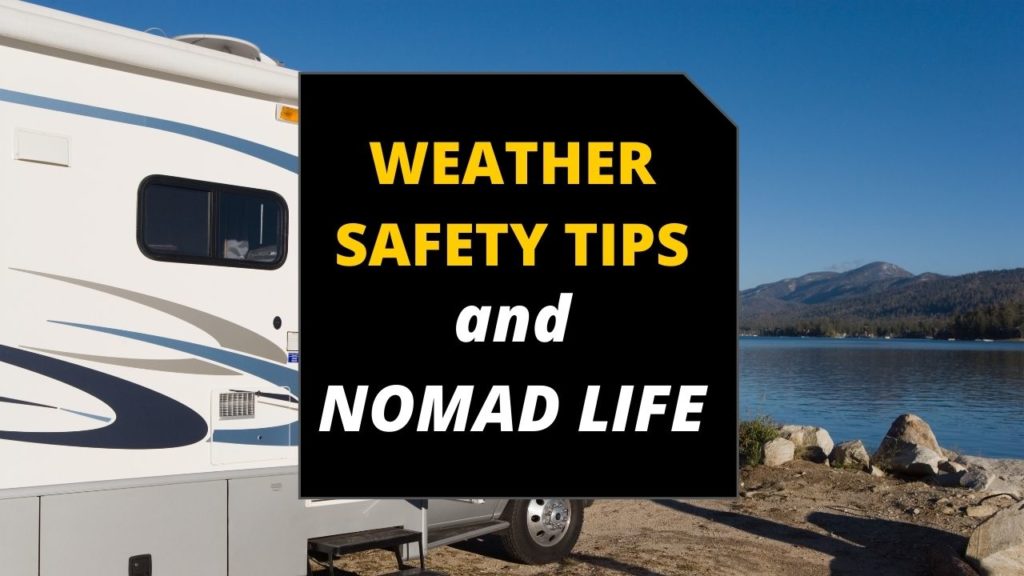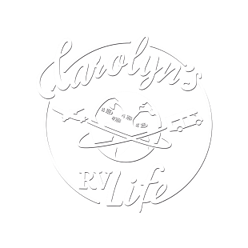The Best RV Living Tips on Safety and Managing Fear

RV Living Tips, RVing Safety Tips RV Living Safety Tips Posted by Carolyn Higgins on February 14, 2022 RV living can feel exhilarating, challenging, and scary simultaneously. After setting out in my RV in 2016, I’ve learned a lot about RV Living safety and dealing with fear. Most of my encounters with strangers have been […]
The Best Tips for RV Living and Extreme Weather

RV Living Tips, RVing Safety Tips Posted by Carolyn Higgins The Best Tips for RV Living and Extreme Weather on January 11, 2022 Living and traveling full-time in my Class C RV since 2016, I have experienced more extreme weather this year than any other time. I have encountered tornado watches in Wyoming, windstorms that […]


